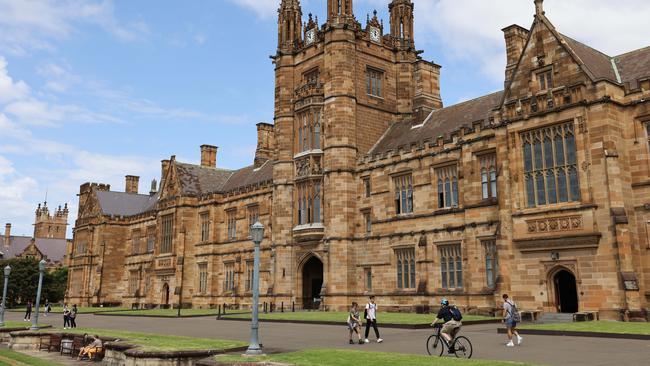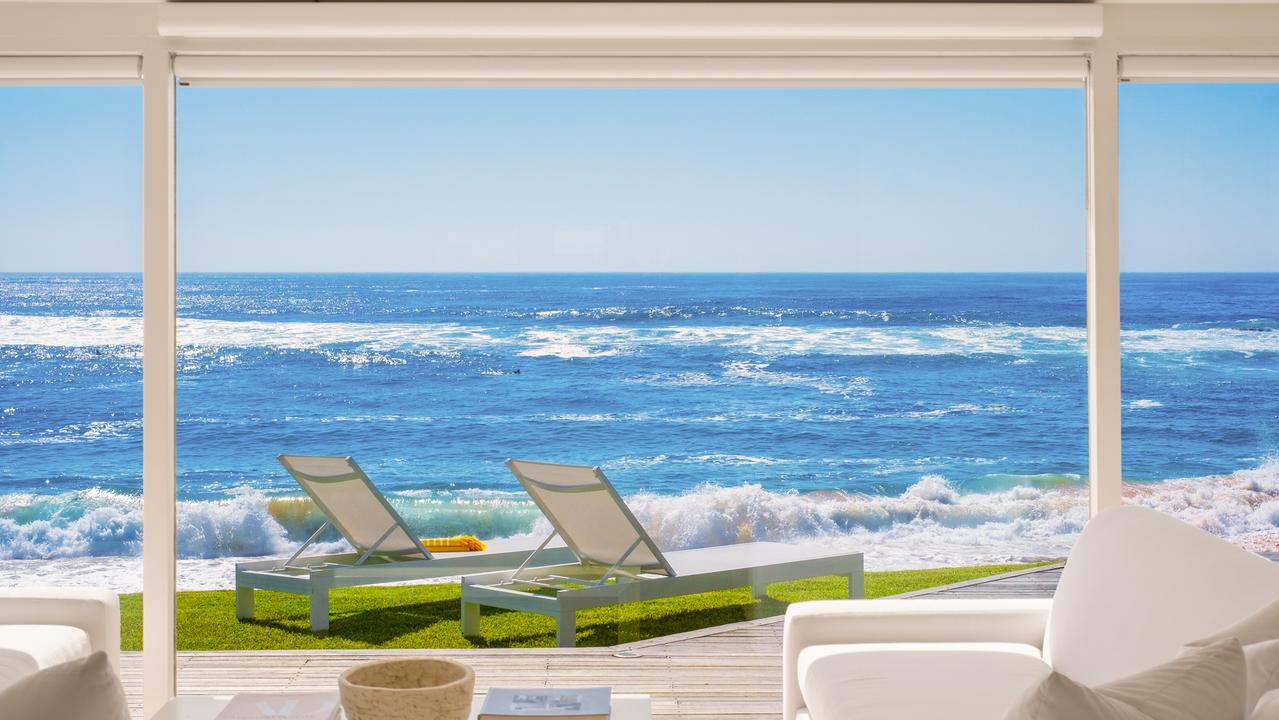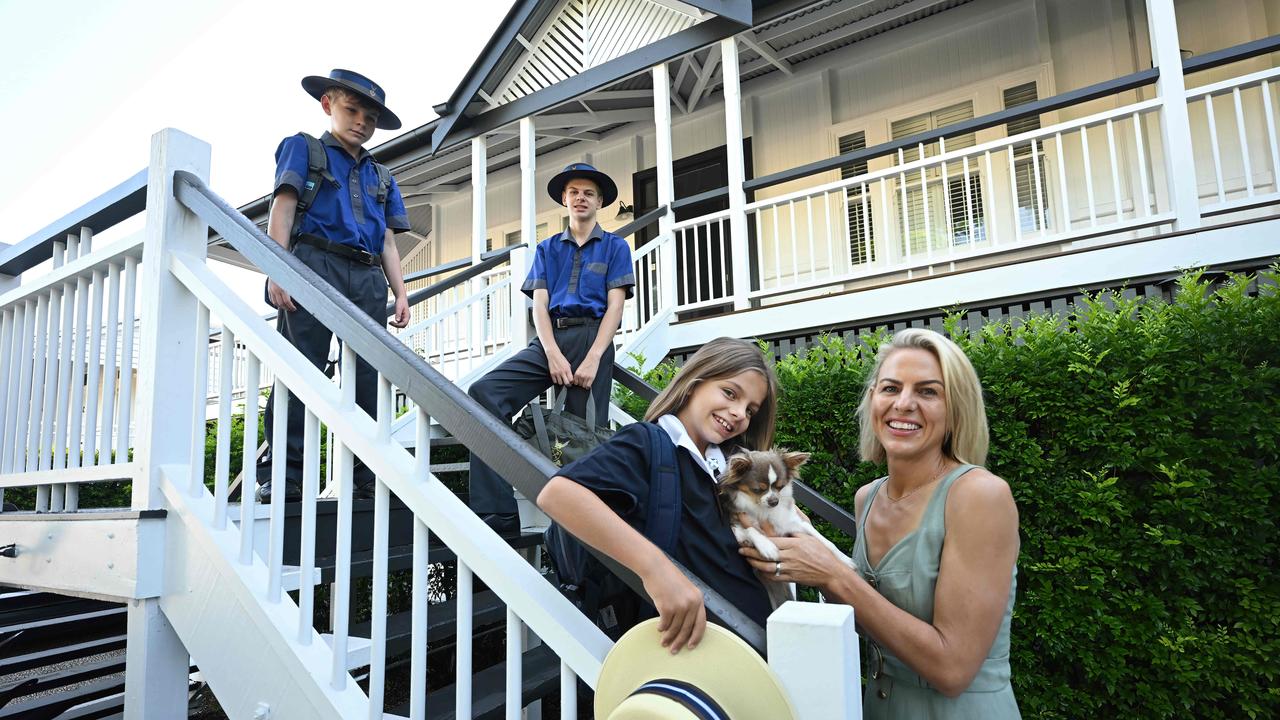Victorian student housing landlords hit hardest by closed borders
International borders are expected to reopen next year but it will be a slow recovery for student accommodation providers in the Victorian market, which relies most heavily on the foreign cohort.

Victoria will be the state hardest hit by the loss of international students even when the borders reopen next year as they shy away from the once dominant market.
The emergence of the Delta variant midway through the year all but dashed hopes of bringing back foreign students to reinvigorating the higher education sector, which lost $868m from the cohort in 2020 compared to the year prior.
But a new report from international property portal Juwai IQI suggests that student landlords have lost an even larger share of rental income from this group as universities have still managed to enrol more than 100,000 international students who are living overseas and studying remotely. But these offshore students obviously have had no need to occupy Australian apartments, sign leases or pay rent.
The company’s quarterly Australia Residential Real Estate Report analysed the real estate markets that were suffering most from the international student drought, finding Victoria is the biggest loser when it comes to lost international student university revenue and property market impact followed by NSW and Queensland.
Juwai IQI co-founder and group executive chairman Georg Chmiel said vaccinations would be pivotal to the return of foreign students considering three in five hail from countries not considered safe for the early resumption of travel.
“As travel reboots, airlines will need time to restart their services. All of this will likely push the large-scale return of foreign students to Q2 2022, just in time for the second academic term of the year,” Mr Chmiel said.
“Our best estimate is that Australia will get back to 75 per cent of 2019’s resident international student population in 2022, but that getting back to 100 per cent will take until 2024 or 2025.”
This view was supported by real estate agency Savills, which believes the Australian border remaining closed is a key risk to the sector. In a report on the sector, operational capital markets director Paul Savitz said demand was set to recover quickly given Australia’s attractiveness.
If the precedence set internationally is anything to go by, strength in the British arm of student housing giant Scape is reassuring. Occupancy across London and Dublin buildings sits between 70 and 98 per cent ahead of students returning to class following summer break, mainly consisting of returning students.
Scape executive chair, Australia, Craig Carracher said the company had proactively approached government about introducing its apartments into the quarantine program in order to ramp up efforts to get students back studying now that vaccines were being administered world wide.
“We still think that there is huge amount of capacity in the system to bring students in on scale. There hasn’t been in our opinion, the health advice or the political will,” Mr Carracher said.
The company has been bullish over the past two years through Covid-forced industry-wide downtime and anticipates bringing on a further 10,000 rooms across the Sydney, Melbourne and Brisbane markets by 2023.
Mr Carracher said Covid had failed to fundamentally change the global education sector, with the new hybrid teaching model still requiring in-person learning and creating two years of pent-up demand.
While the ACT lost the largest share of international student revenue (25.8 per cent) through 2020, its loss of $82.1m only ranks fourth in absolute terms. Victorian universities were Australia’s biggest loser when it comes to lost international student revenue down 10.7 per cent or $343.8m. This left a deficit of $3.212bn of total revenue from international students.
It was a similar story in NSW in terms of both absolute and the proportion of revenue lost, with universities losing 8.9 per cent of their foreign student revenue or to $272.7bn. This drop brought total foreign student revenue down to $3.069bn in 2020.
Mr Chmiel believed the pandemic would ultimately see many international students lean towards dedicated housing options that meet their needs.
“Victoria may be the slowest to see the returning students have an impact on market conditions. They lost more students than other locations and will thus have a longer climb back,” he said.
“Several suburbs that had large student populations before the pandemic have transitioned over the past 18 months.
“Other types of tenants and buyers have moved in. This may push student tenants into new suburbs and into purpose-built housing.”
Chinese students represent the largest portion of students than any other group. The cohort recorded the smallest fall in enrolment between June 2020 and June 2021, down just 9 per cent on the year prior. This is compared to a 14 per cent decline in Indian students and 25 per cent decline in Malaysian students over the period.
Vaccinations will be pivotal to the return of foreign students to our universities



